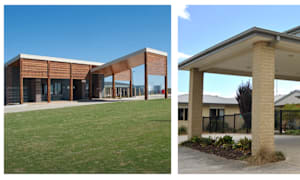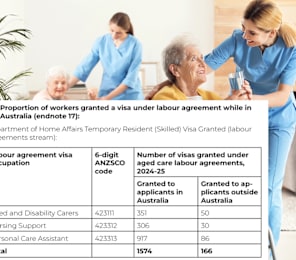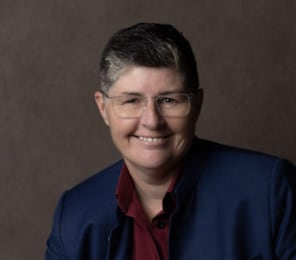Federal Health Minister Mark Butler has been talking up aged care. In back-to-back ABC interviews last week, he dropped the word “investable” more times than a real estate agent at a Saturday auction.
According to Butler, the Government has done the heavy lifting: reforms passed, funding reset, laws changed. Now, the “wood is on providers” to start building.
If only it were that simple.
Beds aren’t being built
Here’s the reality: aged care may be ‘investable’ on paper but try convincing a board or a bank to sink $75 million into a 150-bed facility when the numbers don’t stack up. Construction costs are pushing $500,000 per bed. Even the biggest providers admit they’re lobbying for capital support just to make projects viable.
You only have to look at this slide from Regis’ FY25 investor presentation below. In the last four years, just 6,500 new beds have been delivered nationwide – while one-third of stock is in need of replacement. And with Baby Boomers officially hitting residential care age from 2029, the gap is only widening.
M&A is hot, development is not
Yes, the market is moving – but not the way Butler imagines.
As we report in the latest issue of SATURDAY – out tomorrow (Friday 29 August) – mergers and acquisitions are running at record pace, not because providers are flush with capital to expand, but because buying an existing home is cheaper and far less risky than building one.
As one CEO told me recently, “We want to grow – but the levers aren’t there.”
Operators are recycling capital, divesting outlying sites, and consolidating to survive. That’s not the sign of an investable, forward-building market. It’s the sign of a sector still held back by costs and red tape.
Grants only go so far
Butler points to $1 billion in Commonwealth capital grants – but most of that is earmarked for rural and remote areas, where few providers have the balance sheet to build anyway. Meanwhile, metropolitan projects, where demand is highest, are left to fight uphill with no clear capital pathway.
We don’t need more slogans. We need solutions. That means Plan T – untangling the regulatory spaghetti, enabling operators to refurbish ageing stock, and finding financing levers that don’t rely on RADs or one-off grants.
Because right now, “investable” isn’t what families are seeing when their loved ones are stuck in hospital waiting for a bed.
And unless we fix that, the sector will keep consolidating. It won’t be building.










